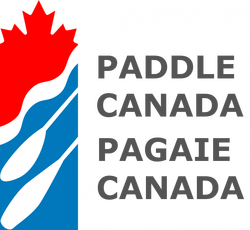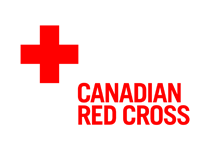My second annual list of my top ten favourite pieces of women's gear is out! 2016 has been a busy year full of adventures far and wide from trekking in Nepal to canoeing near the Arctic Circle to rock climbing in New York State. Here is my list of 'go-to' gear:
1. Outdoor Research Iceline Jacket and Pants- Jam packed full of technical features, you rarely find a piece of clothing perfect for it's intended sport the first year it's out. I wore this outfit to ice climb all last winter and can't wait to use it again this year. Here's my full review for the jacket and the pants.
2. Orbit Pole- The Orbit Pole is the ultimate selfie-stick for adventurers. It's a bomber camera boom that has a dial on it so you can rotate the camera's POV (point of view) as you are filming. It's accompanied me on almost all of my backcountry adventures this year and allowed me to catch amazing photos and videos. And it still looks brand new. Comes in two versions: Regular (carbon fiber and aluminum) and Trim.
3. Mountain Equipment Co-op Sandbagger Pants- These pants have been my favourite go-to pants for all adventures. I climb in them, hike in them, and canoe trip in them. I brought 2 pairs with me to trek in for 17 days in Nepal and 1 pair for a 15 day canoe trip in Northern Canada. They are stretchy, flattering, and functional. I love them.
4. Astral Green Jacket- I finally upgraded my personal floatation device in 2016 to the top-of-the-line Astral Green Jacket. After wearing it in whitewater for 20+ days this summer, I found it to be bomber. It's outfitted well for whitewater rescue operations and protection of your core back and front. I am in love with the front pocket to store gloves/camera/snacks/etc. My only beef with this jacket is that you have to put it on over your head, but that also means it probably won't come off when you need it most.
5. LaSportiva Sparkle Alpine Touring Boots- Ski boot fit is completely personal, but the LaSportiva Sparkle AT boots are a perfect fit for me. I have a long, narrow, low volume foot and found that all LaSportiva products (trail runners, climbing shoes, mountaineering boots) fit me well. The microadjustments of these boots are a bit tough to figure out at first, but allow the user to customize the fit better than standard buckles. These ski boots are the best fitting boots I have ever worn hands down and have taken my backcountry skiing to a new level.
6. Woolx Base Camp Hoodie- Woolx make exceptional merino wool clothing. Super soft, not itchy, and made with feminine cuts and features. The Base Camp hoodie features a hood, thumb holes and a flattering hip length cut. This hoody I keep grabbing to wear as my favourite lightweight baselayer in cooler weather. See my full review on this hoodie here.
7. Steripen Adventurer Opti- After travelling to Nepal for a month this October, I purified over 100 Litres of drinking water with my Steripen Adventurer UV light. Convenient, lightweight, and user-friendly, and most importantly effective, I made it through without any intestinal ailments. For more tips on travelling to Nepal, check out my blog here.
8. Beal Dynaconnexion - Commerically made personal safety anchors have been around for a few years but this year was the first year I tried one. For years I used slings or hand-made anchor systems made out of cordelette but as soon as I tried the Beal Dynaconnexion, that was it. A staple on my ice and rock climbing harnesses, I find it super handy for clipping into anchors and rappelling off routes. Well made and functional.
9. Smith Pivlock Asana Sunglasses- The Smith Pivlock Asana sunglasses are my ultimate favourite glasses for any active adventure. I use these for teaching, cycling, paddling, hiking, climbing, etc. The fit well under a helmet or hat, are lightweight, and style-y. The come with 3 different lenses suitable for different light conditions. I have 3 pairs of them and love their coverage, high quality, and frameless design.
10. Arc'teryx Atom LT Hoody- Last but not least is my favourite mid-layer, the Arcteryx Atom LT hoody. A popular crowd favourite, this jacket does not disappoint with it's synthetic insulation and fabric wrist gaskets. The hoody holds its own in fairweather, and acts as a great mid-layer under a shell in poor weather. I wear it all the time at home, but this year it really shined while trekking in Nepal. No wonder 5 out of 6 of our group members had one!
Need more ideas? Check out my list from 2015 here.
1. Outdoor Research Iceline Jacket and Pants- Jam packed full of technical features, you rarely find a piece of clothing perfect for it's intended sport the first year it's out. I wore this outfit to ice climb all last winter and can't wait to use it again this year. Here's my full review for the jacket and the pants.
2. Orbit Pole- The Orbit Pole is the ultimate selfie-stick for adventurers. It's a bomber camera boom that has a dial on it so you can rotate the camera's POV (point of view) as you are filming. It's accompanied me on almost all of my backcountry adventures this year and allowed me to catch amazing photos and videos. And it still looks brand new. Comes in two versions: Regular (carbon fiber and aluminum) and Trim.
3. Mountain Equipment Co-op Sandbagger Pants- These pants have been my favourite go-to pants for all adventures. I climb in them, hike in them, and canoe trip in them. I brought 2 pairs with me to trek in for 17 days in Nepal and 1 pair for a 15 day canoe trip in Northern Canada. They are stretchy, flattering, and functional. I love them.
4. Astral Green Jacket- I finally upgraded my personal floatation device in 2016 to the top-of-the-line Astral Green Jacket. After wearing it in whitewater for 20+ days this summer, I found it to be bomber. It's outfitted well for whitewater rescue operations and protection of your core back and front. I am in love with the front pocket to store gloves/camera/snacks/etc. My only beef with this jacket is that you have to put it on over your head, but that also means it probably won't come off when you need it most.
5. LaSportiva Sparkle Alpine Touring Boots- Ski boot fit is completely personal, but the LaSportiva Sparkle AT boots are a perfect fit for me. I have a long, narrow, low volume foot and found that all LaSportiva products (trail runners, climbing shoes, mountaineering boots) fit me well. The microadjustments of these boots are a bit tough to figure out at first, but allow the user to customize the fit better than standard buckles. These ski boots are the best fitting boots I have ever worn hands down and have taken my backcountry skiing to a new level.
6. Woolx Base Camp Hoodie- Woolx make exceptional merino wool clothing. Super soft, not itchy, and made with feminine cuts and features. The Base Camp hoodie features a hood, thumb holes and a flattering hip length cut. This hoody I keep grabbing to wear as my favourite lightweight baselayer in cooler weather. See my full review on this hoodie here.
7. Steripen Adventurer Opti- After travelling to Nepal for a month this October, I purified over 100 Litres of drinking water with my Steripen Adventurer UV light. Convenient, lightweight, and user-friendly, and most importantly effective, I made it through without any intestinal ailments. For more tips on travelling to Nepal, check out my blog here.
8. Beal Dynaconnexion - Commerically made personal safety anchors have been around for a few years but this year was the first year I tried one. For years I used slings or hand-made anchor systems made out of cordelette but as soon as I tried the Beal Dynaconnexion, that was it. A staple on my ice and rock climbing harnesses, I find it super handy for clipping into anchors and rappelling off routes. Well made and functional.
9. Smith Pivlock Asana Sunglasses- The Smith Pivlock Asana sunglasses are my ultimate favourite glasses for any active adventure. I use these for teaching, cycling, paddling, hiking, climbing, etc. The fit well under a helmet or hat, are lightweight, and style-y. The come with 3 different lenses suitable for different light conditions. I have 3 pairs of them and love their coverage, high quality, and frameless design.
10. Arc'teryx Atom LT Hoody- Last but not least is my favourite mid-layer, the Arcteryx Atom LT hoody. A popular crowd favourite, this jacket does not disappoint with it's synthetic insulation and fabric wrist gaskets. The hoody holds its own in fairweather, and acts as a great mid-layer under a shell in poor weather. I wear it all the time at home, but this year it really shined while trekking in Nepal. No wonder 5 out of 6 of our group members had one!
Need more ideas? Check out my list from 2015 here.
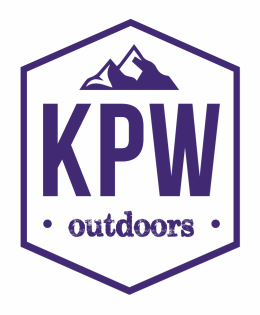
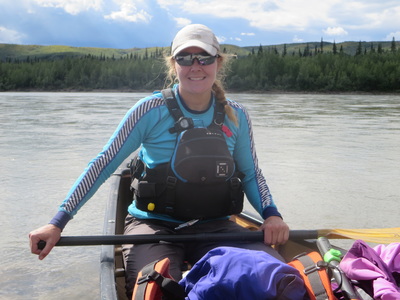
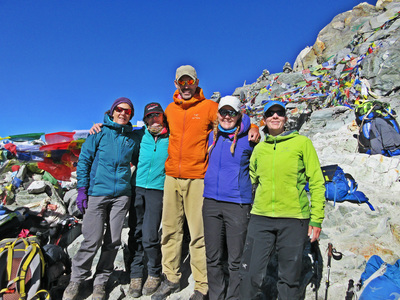
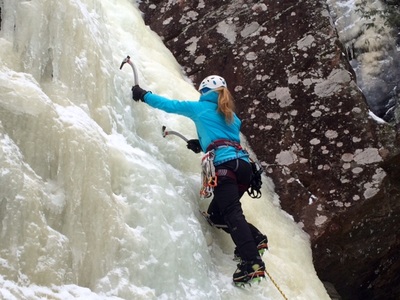
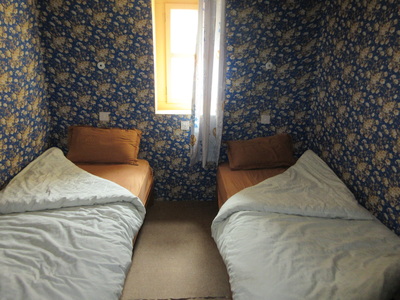
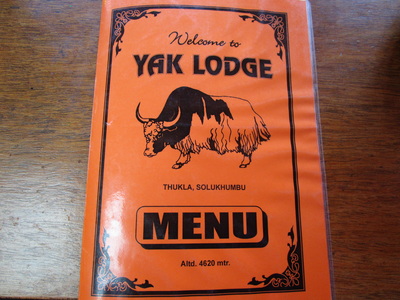
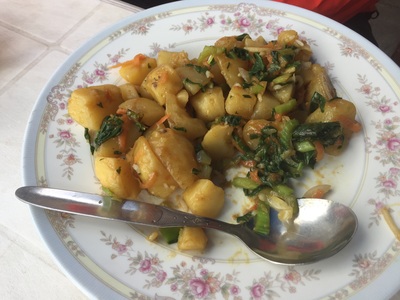
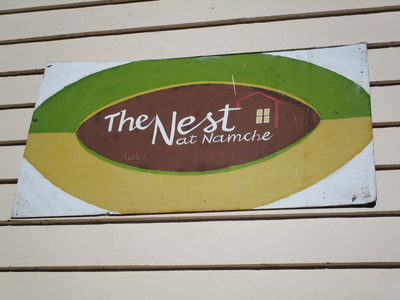
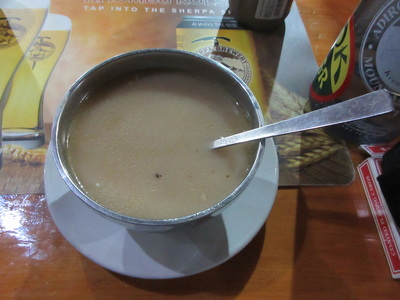
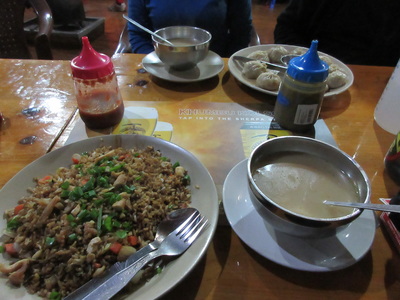
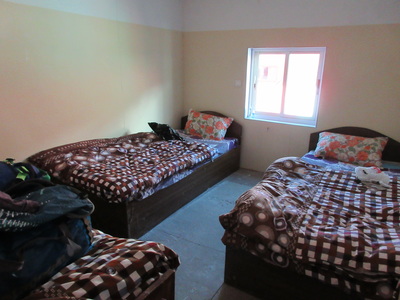
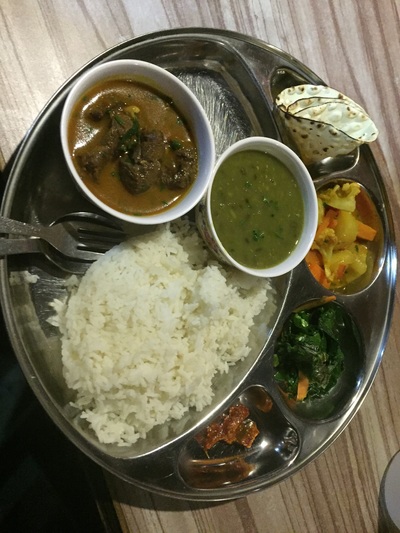
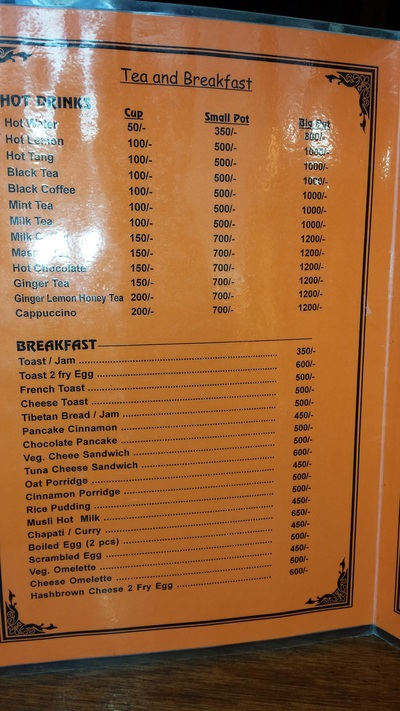
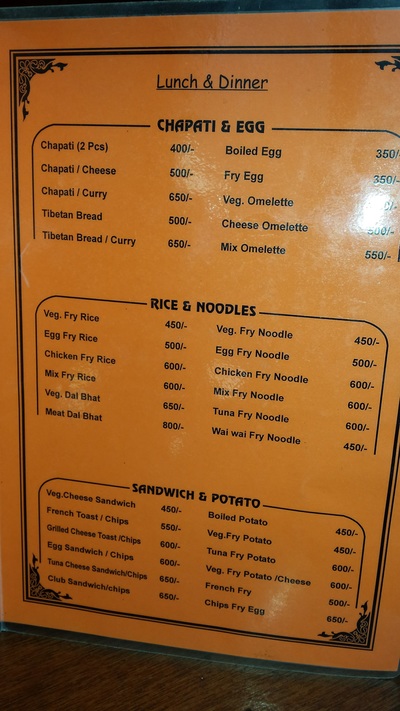
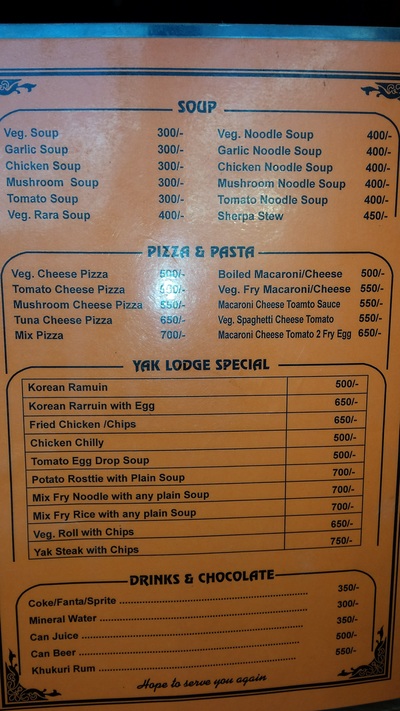
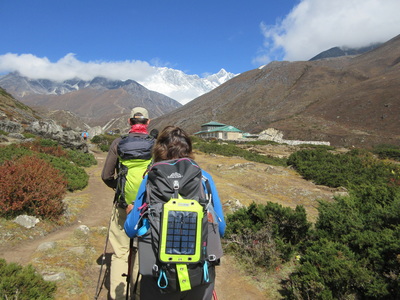
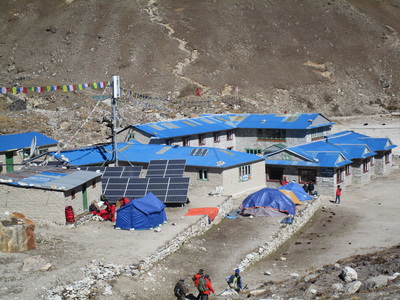
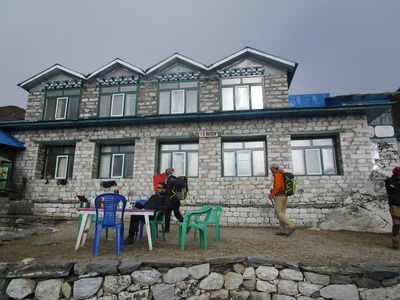
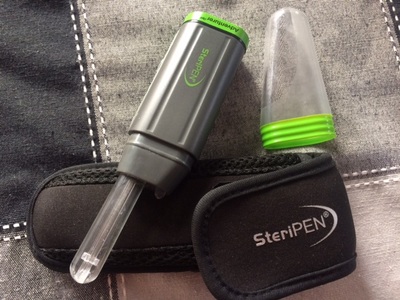
 RSS Feed
RSS Feed

